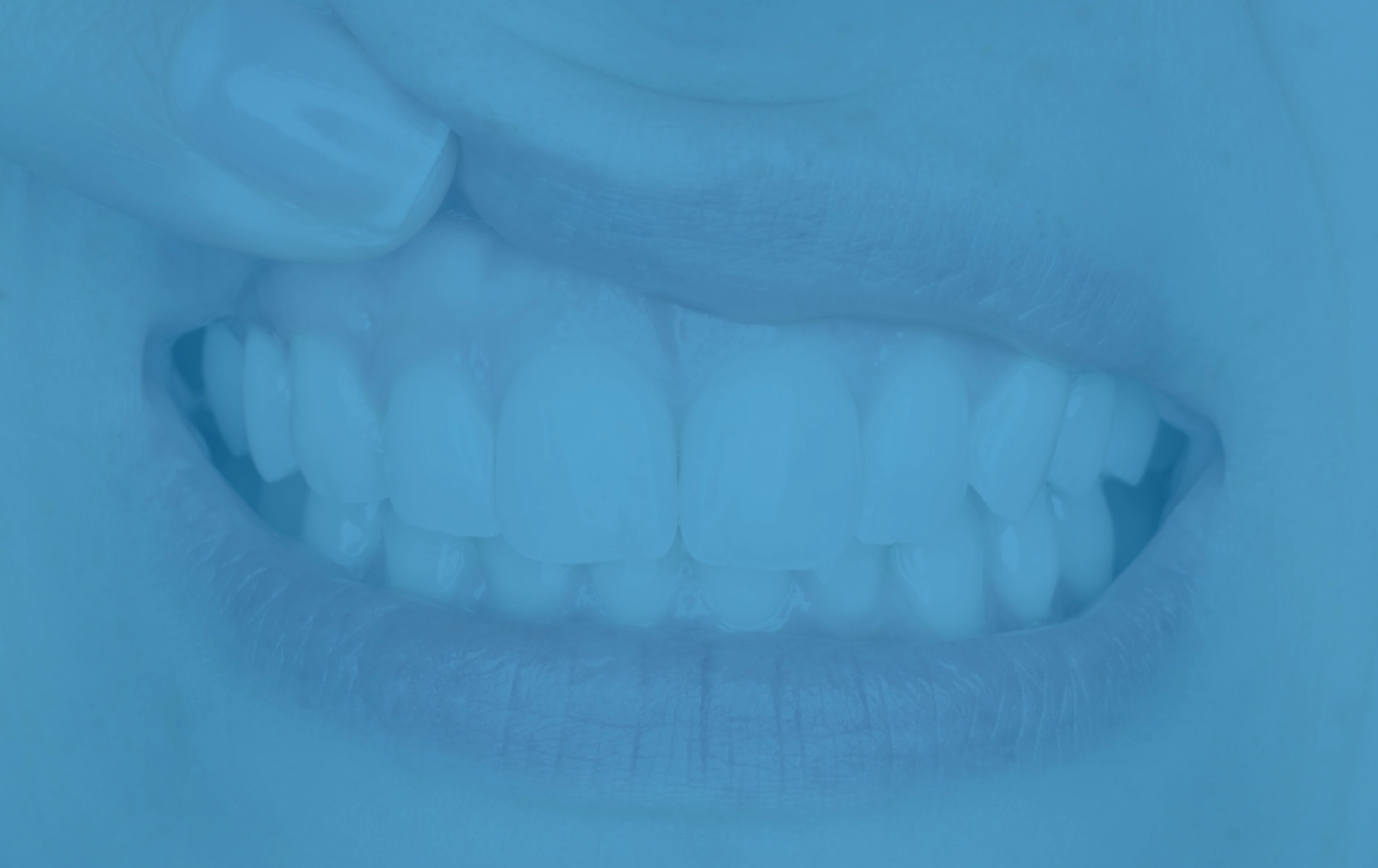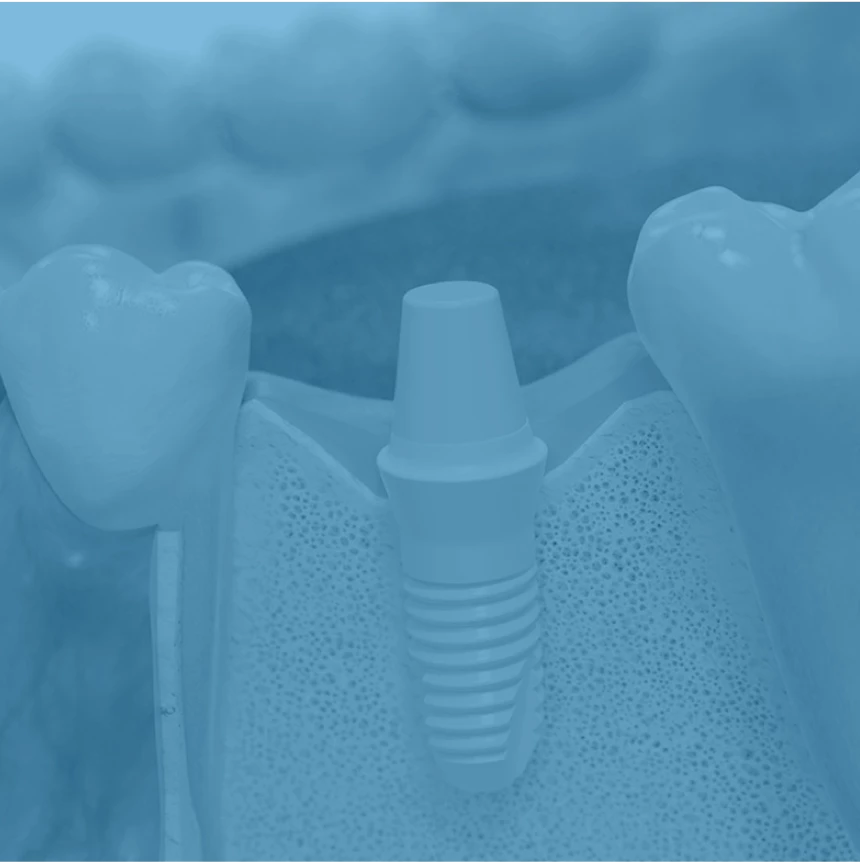
Periodontics
Periodontics is key to dental health and aesthetics. Improves the state of gums to prevent heart and blood problems.
Periodontics studies and treats diseases of gum or periodontal tissue. The health of the gum is another factor to take into account in order to have good oral health.
The question we can ask ourselves is whether it is normal or not for gums to bleed. The answer is NO. Healthy gums don’t bleed. If we observe that gums bleed when we brush our teeth, it is a sign that there is a problem. When bleeding means they are inflamed and therefore have a problem. This disease is called Gingivitis. If, in addition to bleeding, we see that they begin to move, that the gums become small or it seems to us that the teeth become longer, the problem is already more serious. This is called Periodontitis.

Periodontitis is caused by different reasons. Some are personal as genetic factors, a genetic predisposition, but others are acquired, such as smoking or having insufficiently efficient hygiene. Whatever the reasons, doing the dental check-up every 6 months and performing the gum treatments that Dr. Oriol Cantó’s dental clinic professionals advise them can reduce the risks of losing teeth due to gum problems (periodontitis). We must bear in mind that it is a chronic disease, so doing the right treatments helps us to control it.
The loss of the gum of the teeth due to periodontitis is not only an aesthetic problem (we see the long teeth with black spaces between them), but it has a more important consequence: if the teeth are lost, they must be rested and, in more advanced cases, complete oral rehabilitation. If we manage to preserve natural teeth by controlling periodontal disease, it will allow us to avoid important, complex rehabilitation treatments.
Usually, the treatment to be carried out is the deep cleaning of the gums, what is called Raspats or Curetages. This treatment consists of, with local anaesthesia, cleaning the gums deeply, eliminating all the factors that make the gum swell: bacterial plaque and tartar or tartar.
Other treatments that we can do are gum grafts (recovering gum recessions), bordered by gums for a better aesthetic, treating periimplantitis (disease of gums that affect dental implants), giving volume to the gum to gain aesthetics and facilitate hygiene…
Whether for aesthetics and/or health, we improve the state of our gums.
Periodontics
Book an appointment
Frequently asked questions
Is it normal that my gums are bleeding?
NO. The bleeding of the gums is not normal and may be a symptom of the gum not sticking to the teeth as it should be. When this happens, the gum does not fulfill its function of isolating the bone from the outside, leading to a possible progressive contamination or destruction of the bone. The consequence, in the medium-long term, is the loss of teeth. This is what is called periodontitis.
What diseases does periodontics treat?
The main diseases that treat periodontics are gingivitis and periodontitis. Periodontitis is a disease that affects the bone and gum. Gingivitis is the inflammation of the gums.
Are periodontal diseases very common?
Gingivitis is one of the most common diseases of the human being, being very common at any age (75% in young people between 20 and 25 years old).
Periodontitis is rarer in young people and adolescents, although its frequency increases with age (about 10% at 30-40 years and 25-30% at 50-60 years).









